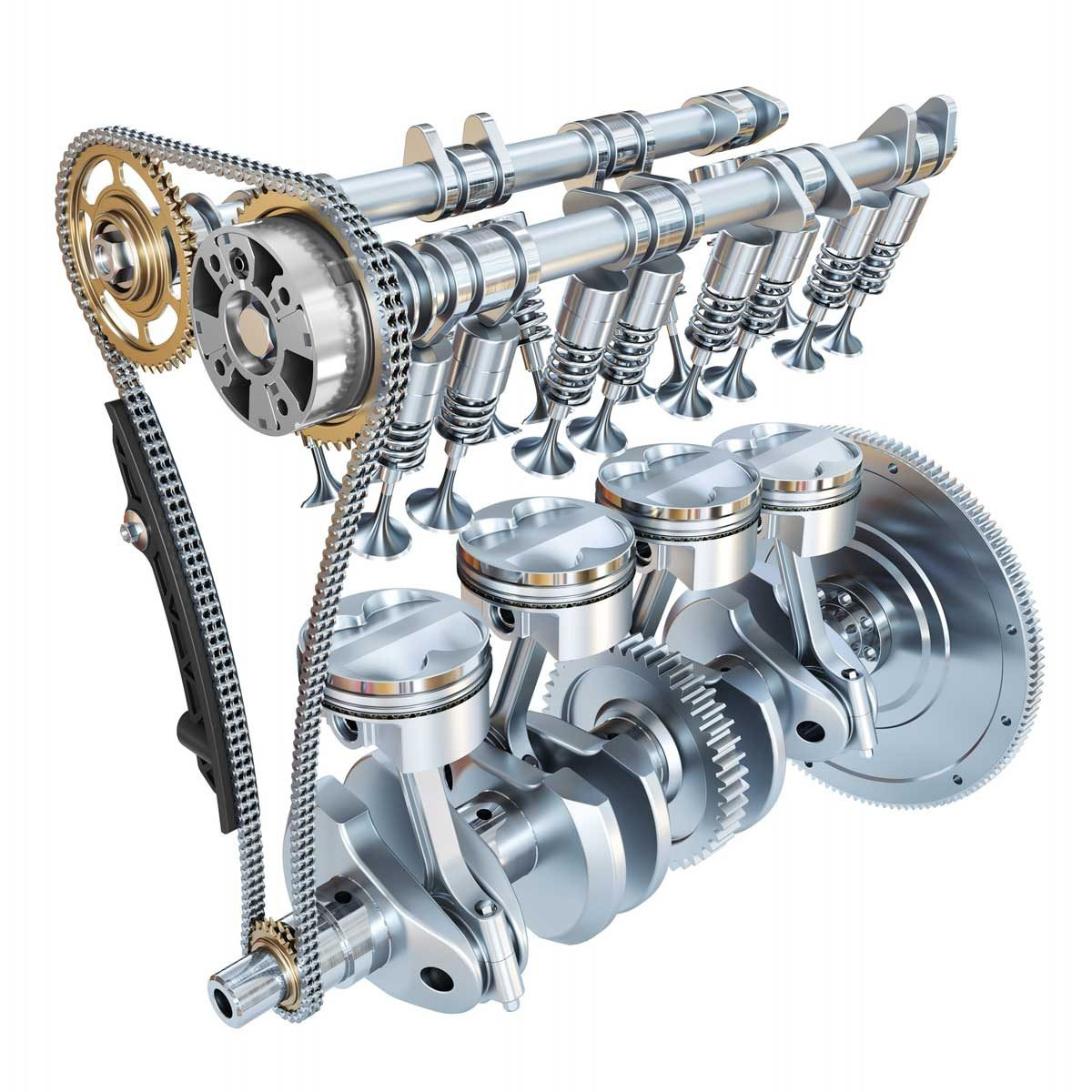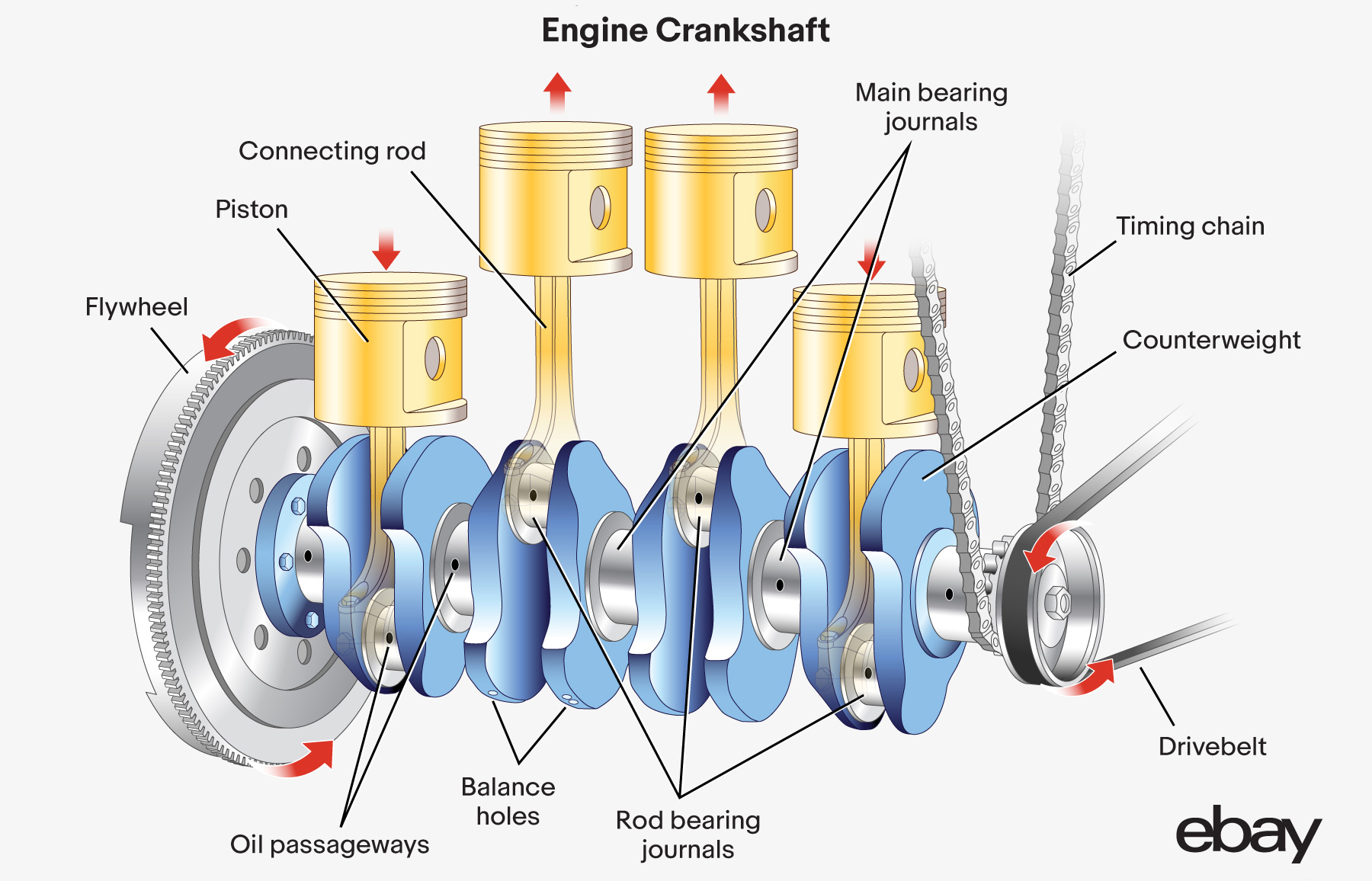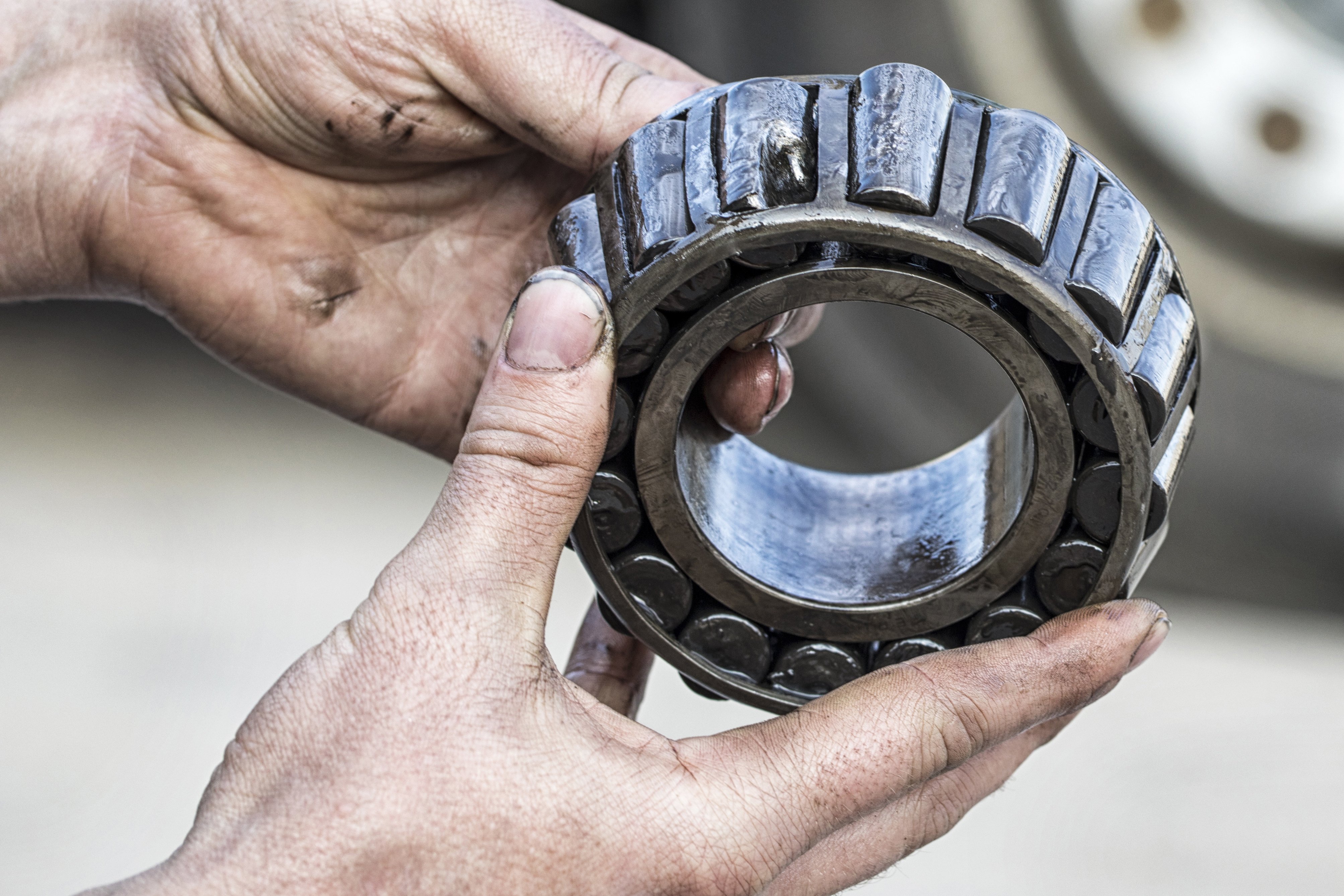The crankshaft is a crucial component of any internal combustion engine, responsible for converting the reciprocating motion of the pistons into rotational motion. When the crankshaft malfunctions, it can lead to severe engine problems and costly repairs. Here’s how to spot the signs of a bad crankshaft and what to do about it.

Why a Bad Crankshaft is a Problem
A defective crankshaft can cause numerous issues, including engine misfires, decreased power output, and even catastrophic engine failure. Ignoring these signs can result in further damage to the engine and lead to even more expensive repairs.

What Causes a Bad Crankshaft
Crankshaft problems can arise from various factors, such as excessive wear and tear due to prolonged use, improper lubrication, or manufacturing defects. These issues can cause the crankshaft to become misaligned, cracked, or broken, leading to engine malfunctions.

Signs of a Bad Crankshaft
Several telltale signs indicate a potential crankshaft problem. These include:

Knocking or Tapping Noise
A knocking or tapping sound coming from the engine, particularly when accelerating or at higher RPMs, can indicate a worn or damaged crankshaft bearing. This noise occurs when the crankshaft does not rotate smoothly within its bearings due to excessive clearances.

Engine Vibration
Excessive engine vibration can be another sign of a faulty crankshaft. When the crankshaft is misaligned or unbalanced, it can cause the engine to shake excessively, leading to discomfort for the driver and passengers and potential damage to other engine components.

Oil Leaks
A leaking crankshaft seal can allow oil to escape the engine, leading to oil leaks. This can occur due to wear or damage to the crankshaft seal or improper installation. Oil leaks can result in reduced engine oil levels, which can further worsen crankshaft problems.

Metal Shavings
Metal shavings found in the engine oil during a routine oil change can indicate crankshaft wear or damage. When metal-to-metal contact occurs between the crankshaft and its bearings, small metal particles can break off and contaminate the oil.

How to Check for a Bad Crankshaft
If you suspect a bad crankshaft, it is crucial to have it inspected by a qualified mechanic. They can perform various tests, such as measuring crankshaft end play or using a crankshaft runout gauge, to determine if the crankshaft is damaged or misaligned. A visual inspection of the crankshaft, bearings, and seals can also reveal any potential problems.
Tips for Preventing Crankshaft Problems
To prevent crankshaft issues, it’s essential to adhere to regular maintenance schedules and use high-quality engine oil and filters. Avoiding excessive engine loads and operating the vehicle within recommended RPM ranges can also help prolong crankshaft life.
When to Replace a Crankshaft
In some cases, a damaged crankshaft can be repaired by replacing worn or damaged bearings or grinding the crankshaft to remove any imperfections. However, if the crankshaft is severely cracked or broken, it will need to be replaced.
Conclusion
The crankshaft is a critical component of an internal combustion engine, and its proper functioning is essential for engine performance and longevity. By paying attention to the signs of a bad crankshaft and taking appropriate action, you can help prevent costly repairs and ensure your vehicle operates smoothly and efficiently.
